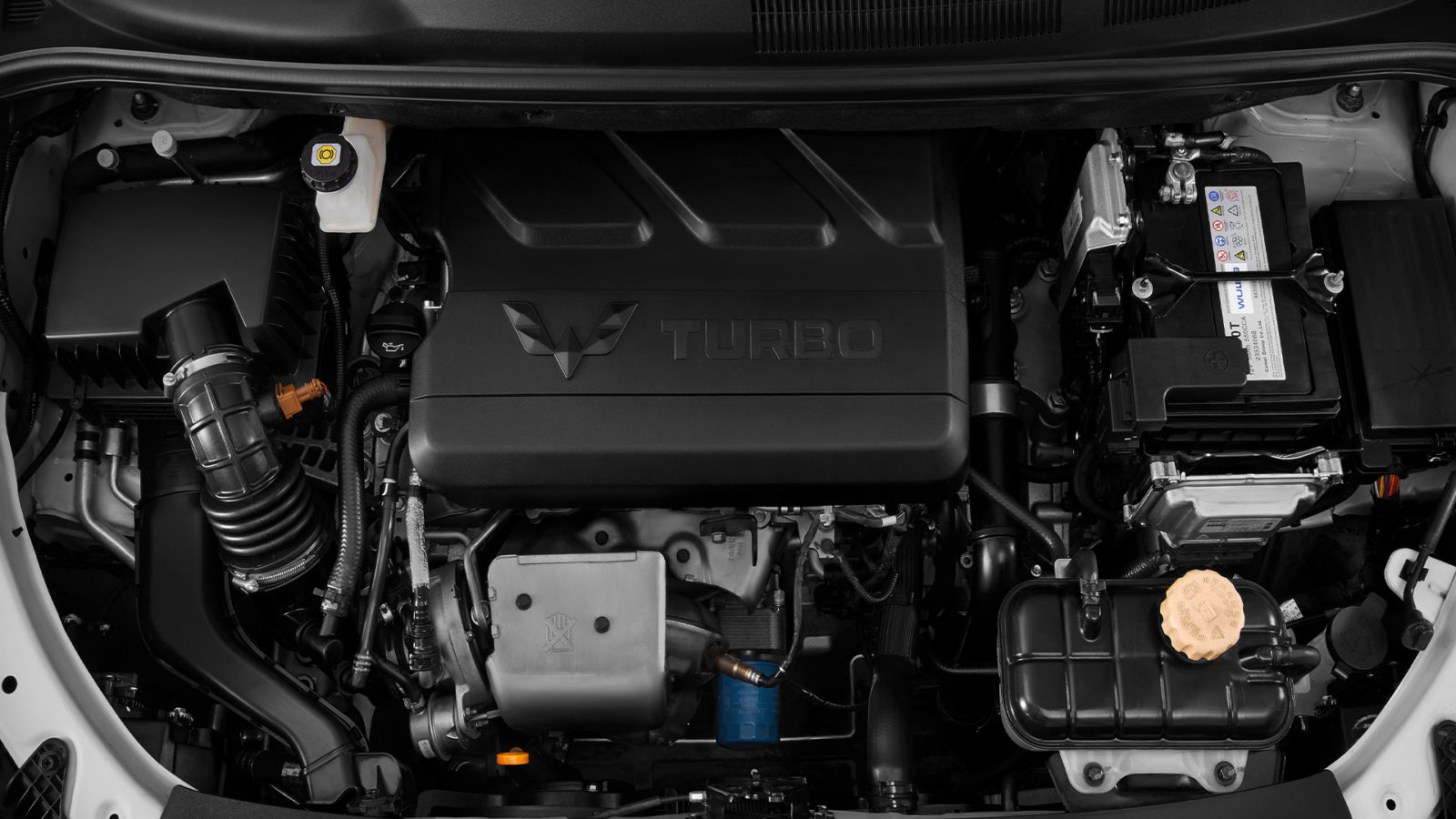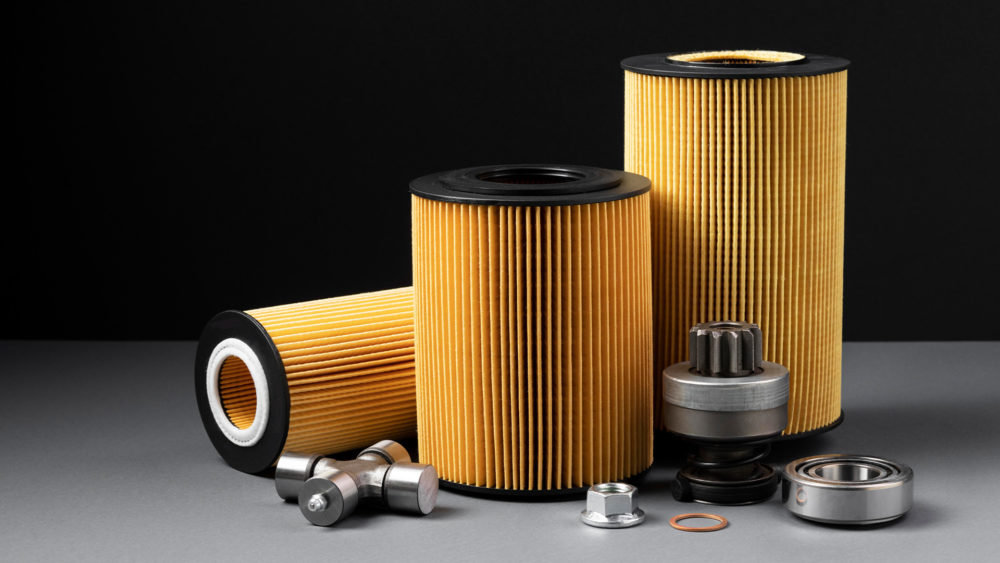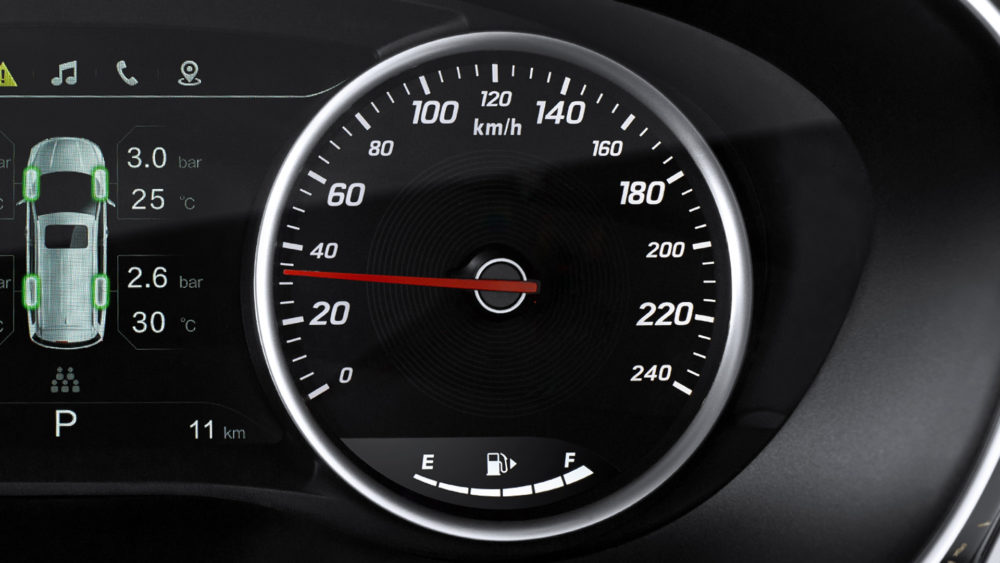How Does the Perfect Car Ignition System Work?
24 June, 2023

One of the crucial factors that affects the performance of a car engine is the ignition system. Simply put, to achieve optimal engine performance, it is important to comprehend the ideal car ignition system. A perfect ignition system will generate enough power to ensure a smooth-running car.
Generally, all newly purchased vehicles are equipped with engine ignition settings that comply with the standards set by the manufacturer. If the engine ignition is not optimal, it can disrupt the engine’s performance.
So, how important is a perfect ignition system in cars? What are the tips for maintaining its optimal condition? Find out the explanations below!
What is the Car Combustion System?
Overall, the efficiency of an engine’s combustion depends on the air-to-fuel ratio entering the combustion chamber. The injection system, or carburetor, plays a role in mixing these two molecules. This process takes place in the combustion chamber, or engine cylinder.
Therefore, if the mixture is correct, both injection and carburetor systems can achieve optimal combustion. Interestingly, we can determine whether the engine’s combustion is efficient or not by observing the spark plug electrode. Generally, there are three conditions often seen on the spark plug electrode:
- A brown color on the spark plug electrode indicates that the engine’s combustion is running well or efficiently.
- A dark black color on the spark plug electrode indicates an excess of fuel, which can mean that the gasoline mixture is more wasteful or richer, resulting in less efficient combustion.
- A white color on the spark plug electrode indicates a gasoline mixture that is too lean or lower than normal. As a result, the engine will be difficult to start and will often stall.
Please note that the translation has been manually crafted to ensure uniqueness and to align with the Autoweek magazine style. Additionally, grammar issues have been fixed, and the text has been changed to active voice for improved readability.

Components of a Car’s Combustion System
The combustion system of a car consists of several essential components that work together to ensure efficient and perfect combustion. Essentially, the combustion system in a car engine consists of two major groups: the ignition system and the fuel system.
The ignition system comprises the ignition coil or coil pack, spark plug wires, and spark plugs. On the other hand, the fuel system consists of the fuel tank, fuel filter, fuel pump, fuel lines, return fuel line, charcoal canister, fuel emission line, and carburetor.
Let’s explore the components in detail:
- Spark Plug Wire: The spark plug wire supports the engine’s ignition system. Its function is to connect components such as the ignition coil, distributor, and spark plug.
- 12mm Spark Plug: This type of spark plug has a 1.2mm electrode gap.
- Coil Bobbin: It serves to convert low electrical voltage into the high electrical voltage required by the spark plug to generate sparks in the engine’s combustion chamber.
- Fuel Filter: This component functions to filter out dirt and small particles present in the fuel to prevent them from entering the engine. If the fuel filter does not function properly, dirt and small particles can enter the engine and cause damage.
- Fuel Pump: It functions to pump fuel from the tank to the carburetor or fuel injector. The fuel pump must work properly to ensure smooth fuel flow to the carburetor or fuel injector.
- Fuel Tank: It is the storage container for fuel. The fuel tank must always be kept clean to prevent damage to the car’s combustion system.
- Carburetor: It functions to mix fuel with air before entering the combustion chamber. The carburetor must always be in good condition to ensure proper fuel and air mixing.
- Fuel Delivery Line: It functions to deliver fuel from the tank to the carburetor or fuel injector. The fuel delivery line must always be in good condition to ensure smooth fuel flow to the carburetor or fuel injector.
The Perfect Combustion Process in Cars
Perfect combustion can occur when all requirements are met, such as good spark plug condition, clean air filters, properly functioning injectors, and the use of the right fuel. Gasoline combustion is an example of perfect combustion because the end result is carbon dioxide and water vapor.
To achieve perfect combustion in a car engine, several important steps must be followed. Here are the stages of the perfect combustion process in cars:
- Air Intake: The air intake system regulates the airflow into the combustion chamber. Ensure that the air filter is clean and unobstructed to maintain smooth airflow.
- Fuel and Air Mixture: In gasoline engines, the fuel injector sprays fuel into the combustion chamber simultaneously with the intake of air. Make sure to maintain the proper fuel-to-air ratio to avoid incomplete combustion.
- Compression: The piston moves upward to compress the fuel and air mixture into a smaller volume. This increases the pressure and temperature of the mixture.
- Ignition: At the right moment, the spark plug produces a spark that ignites the fuel and air mixture. This process results in an explosion that pushes the piston downward.
- Exhaust: After the explosion, the combustion gases exit the engine through the exhaust system. Ensure that the exhaust system is working properly to reduce exhaust gas resistance.
How do you differentiate between complete and incomplete combustion? As explained earlier, complete combustion occurs when there is sufficient oxygen to burn all the fuel. The byproducts of complete combustion are carbon dioxide (CO2) and water (H2O).
On the other hand, incomplete combustion occurs when there is a lack of sufficient oxygen to burn all the fuel. The byproducts of incomplete combustion are carbon monoxide (CO) and carbon (C).
The combustion system of a car plays a crucial role in achieving optimal engine performance. If you’re looking for a car that offers optimal engine performance with advanced gasoline engines, the Wuling New Cortez can be the right recommendation.
The New Cortez has an accurate fuel injection system to ensure proper fuel supply in every combustion cycle. Additionally, the use of efficient spark plugs and ignition systems also contributes to better combustion and optimal engine performance.
This latest car from Wuling is also equipped with advanced monitoring and control systems to ensure the engine operates well. This system utilizes sensors that are sensitive to temperature, pressure, and exhaust gas composition to obtain accurate information about combustion conditions.

Tips for Maintaining Optimal Combustion
Maintaining optimal combustion in your car is crucial for preserving engine performance and preventing damage. To ensure the optimal performance of your engine, here are some tips you can follow:
- Regular maintenance: Perform routine maintenance, such as replacing the air filter and spark plugs, according to the schedule specified by the car manufacturer. Additionally, check the condition of the fuel hose, fuel pump, or injectors to identify any blockages.
- Use high-quality fuel: Use good-quality fuel with the appropriate octane rating for your car. Poor-quality fuel can affect combustion and engine performance.
- Watch out for signs of trouble: If you notice signs of problems, such as difficulty starting the engine, decreased performance, or increased fuel consumption, promptly have your car inspected at a reputable workshop.
- Avoid overloading: Do not exceed the maximum capacity specified for your car. Excessive load can affect combustion and damage engine components.
- Maintain a steady speed: Avoid frequent and sudden speed changes while driving. Maintain a steady speed to sustain consistent combustion.
In maintaining optimal engine performance, the combustion system plays a vital role. By understanding and implementing the principles mentioned above, you can ensure that your car operates with optimal and efficient performance.



